In October 2020 it was announced that Ooty would close permanently.
Ooty, named after a small town in Tamil Nadu in southern India, opened in February 2019. The main dining room serves up to 80 customers, and there is a separate basement bar as well as (to open in April) a more casual separate dining area. The décor is very smart, with large, nicely spaced tables and white linen napkins. The head chef is Manmeet Singh Bali, who was previously head chef at Rasoi and also its short-lived successor on the same site, the rebranded Vineet Bhatia London. The cooking focuses on the cuisines of southern India, though the chef is originally from Kashmir.
The wine list had around a hundred bottles, ranging in price from £26 to £450, with a median price of £50. Sample labels were Muscadet de Sevre en Main Gadais Pere et Fils 2017 at £28 for a bottle that you find in the high street for £7, the excellent Lopez de Heredia Tondonio Reserva 2005 at £70 compared to its retail price of £34, and Meursault Domaine Michelot 2016 at £90 for a wine that will set you back £37 in a shop. For those with the mains there were grander wines such as Puligny Montrachet Chateau de Puligny Montrachet 2016 at £155 compared to its retail price of £60, and Chateau Pichon Lalande 2006 at £315 for a bottle with a current market value of £146. The average mark-up to retail price was 3.1 times, which is fairly high though unexceptional for central London.
A mix of popadoms came with sweet mango chutney as well as mint and coriander. Nothing unusual in that, but the quality of the chutneys was a cut above the norm; they were made from scratch in the kitchen rather than from a jar, and the mango chutney in particular was extremely high quality. A nibble of sea bass was fried in a squid ink-coloured batter with spices, and was nicely cooked inside its protective coating. This came with a little shot glass of tamarind-flavoured soup, which had very good flavour (14/20).
A lacy, net-like dosa was cooked on a griddle and filled with pieces of marinated venison. This came with nice coconut chutney, pleasantly spicy and tangy tomato chutney and an excellent sambal. The dosa was very good, the venison having good flavour, though a couple of the pieces of meat were rather chewy in texture (13/20).
My main course was guinea fowl biryani. A biryani is a good test of an Indian kitchen and the rice here was lovely, being fragrant and aromatic. The guinea fowl avoided dryness and on the side was an egg salan, an egg curry that is found in different variants across India. This worked well, the curry sauce a nice accompaniment to the biryani (15/20). Paratha was very good, completely avoiding dryness and greasiness, the twin perils of a paratha (easily 14/20). Vegetable thoran featured fried broccoli, mange tout and sweet corn with coconut. The vegetables were carefully cooked al dente, and the coconut nicely enhanced the flavour of the vegetables (14/20).
Coffee was from The Difference Coffee, a Brazil bourbon coffee in this case. Permit me a coffee related aside here. Restaurants normally choose between an all singing and dancing coffee machine with fresh ground beans, or a Nespresso machine. The advantage to the latter is the consistency, as you don’t require a trained barista to get all the settings right on the fancy machine and keep the machine properly maintained. The drawback is that Nespresso pods have coffee that is merely OK. The Difference Coffee take extremely high grade coffee like Jamaican Blue Mountain, or Panama Gesha, and put it into compatible pods that will fit a Nespresso machine. This is a clever idea and they are used by several very high-end restaurants now, including 3 star Michelin Arpege in Paris. Their pods are expensive compared to the industrial stuff we have become used to in the UK, but the coffee they are buying is way more expensive. Panama geisha fetched a record $601 per kilo in a 2018 international coffee auction, compared to around $3 for average industrial grade Arabica beans, which is quite a difference. Speciality Arabica grades such as this Brazil bourbon represent the top 1% of quality beans and naturally cost much more than industrial grade. The high quality beans are roasted less so you can taste the natural acidity and sugars of the beans, whereas cheap beans are roasted longer to disguise their taste, so you mostly taste the roast and smoke of the roasting process. Incidentally, a 1kg bag of coffee produces perhaps 120 cups (7g - 18g is a typical measure), and there is a roughly 20% loss of volume from the raw beans through the roasting process, so the price the wholesaler pays for a cup of coffee equivalent from regular arabica beans is about 3 US cents. The wholesaler of course has fixed costs of labour, rent, machinery etc, so they will charge many times that to a restaurant. In the UK a restaurant might pay £12 or so a kilo (10p a cup) equivalent to their coffee supplier, though they of course charge the customer many times that price, to reflect their own fixed costs, wastage etc as well as making a profit. I suspect that the perfect cup of coffee would be very high grade beans (costing hundred of dollars per kilo rather than the $3 price of really basic beans) made in a top-notch machine by a skilled barista, but have not had the chance to make that comparison. In the mean time, I would rather drink high quality coffee such as the one served here, even it is made in a Nespresso machine, than the cheap coffee all too often served in restaurants.
Back at Ooty, the staff were very friendly and attentive, and the bill came to £53 per person with just water to drink. If you drank wine then a more typical cost per head might be around £70. Overall I thought Ooty was producing some very good food in its early days, and combined with the smart room and nice staff it should do well.














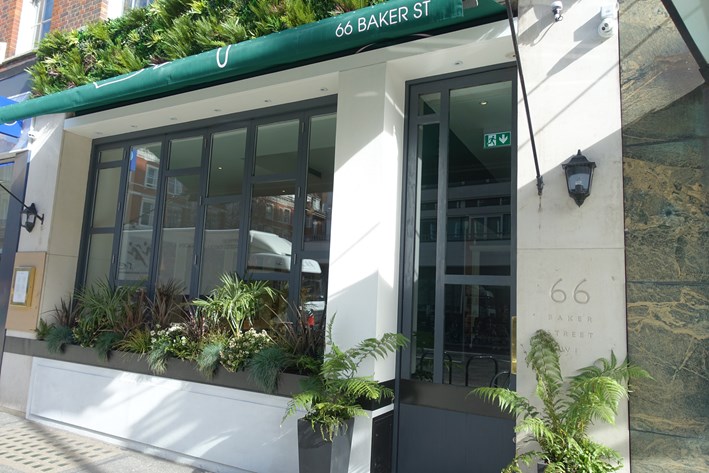
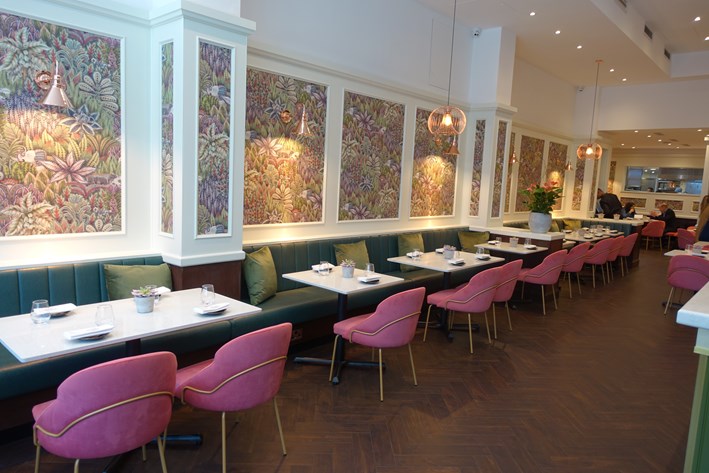
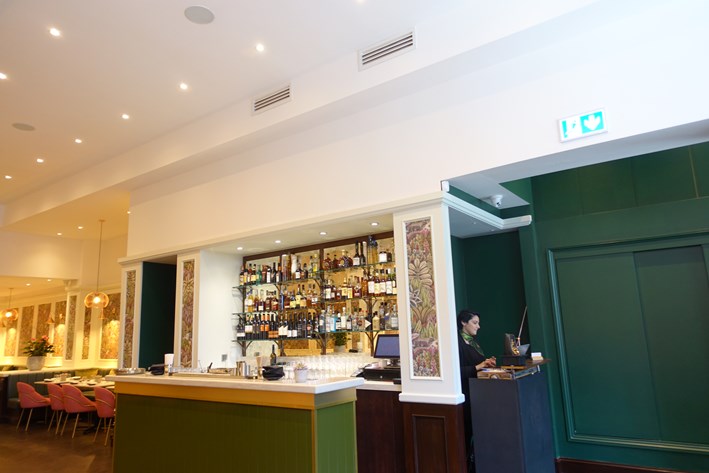
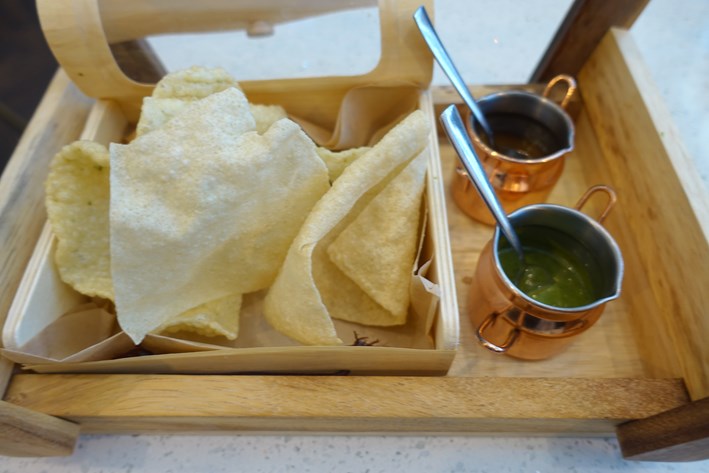

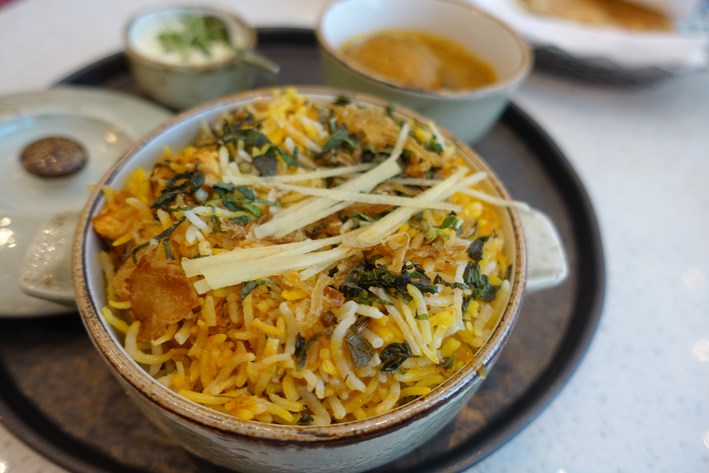




Add a comment
Thank you for submitting your comment, this will be checked and added to the website very soon.
User comments